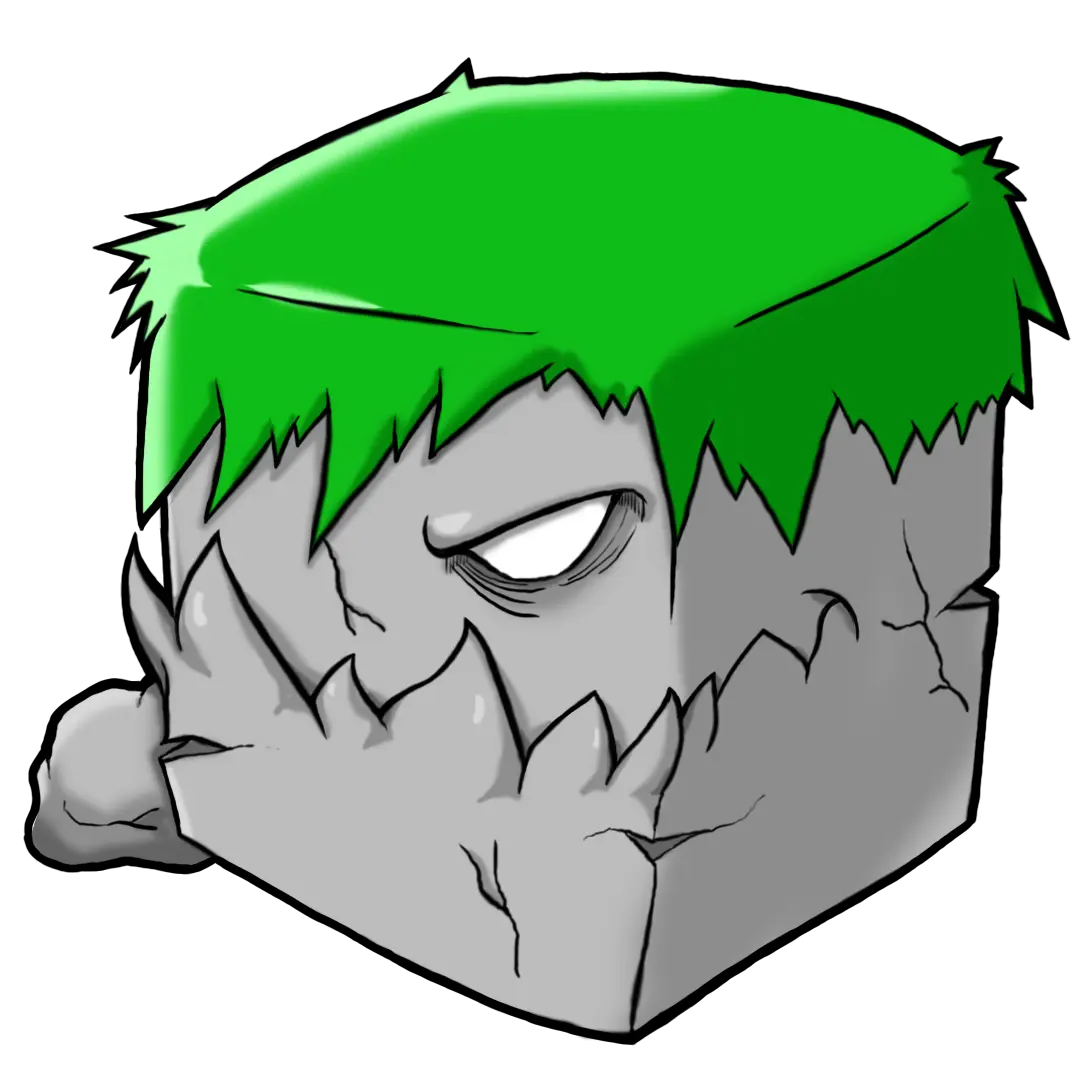A few days ago, I visited a digital artist's studio and witnessed a truly shocking sight: dozens of versions of the same landscape painting on a monitor screen, with endless variations in color, composition, and even brushstrokes. "Only one of these is the one I actually painted," the artist told me.
The artist was using AI and simulation technology to experiment with hundreds of possibilities beforehand, and then actually implementing the most satisfying outcome. The idea that an artist could systematically simulate the creative process in the same way that a scientist would test a hypothesis was refreshing.
I've always thought that "art is all about spontaneity and chance," but I realized that simulation actually allows for a deeper level of creativity: you can experiment endlessly without wasting real materials.
Prompted by
복사
## Expert in artistic simulation techniques
Areas of creation:
- Main field of work: [painting/sculpture/installation/video, etc.]
- Current creative method: [traditional techniques vs digital mix].
- Objectives: [experimenting with color/exploring composition/testing materials, etc.]
- Technical constraints: [available software/hardware environment].
How to create an innovative simulation:
★ Step 1: Build a digital sketchbook
- Set up a simulation that reproduces the texture and properties of physical materials
- Customize digital brushes that accurately mimic the properties of [your preferred medium].
- Simulate how your artwork will change with changes in lighting and color temperature
Step 2: Parameter Experimentation System
- Auto-generated tools to systematically change color/saturation/lightness
- Grid system to mathematically adjust composition and proportions
- Predicting artwork changes over time (seasons/time of day)
Step 3: AI Collaborative Creation Tools
- Experiment with fusing techniques using Style Transfer
- Expand ideas through creative dialog with generative AI
- Visual impact analysis to predict visitor reactions
Step 4: Virtual Exhibition Simulation
- Test artwork placement and lighting in different exhibition spaces
- Curation simulation considering viewing behavior and visual flow
- Preview artwork experiences in VR/AR environments
Please include your actual creative workflow and how you made the simulation-to-real connection.
After applying this simulation methodology to my work for six months, I experienced a really unexpected creative evolution. The biggest change was that my 'fear of experimentation' completely disappeared. In a digital environment, there's nothing to lose if you fail, so I was free to try bold experiments that I would never normally have tried.
For example, I was able to experiment with 100 different shades of a single landscape and systematically explore, "What is the most emotional color in this scene?" - something that wouldn't have been possible with real paint due to time and cost.
I was particularly excited about the creative collaboration with AI, where I could show a rough sketch to the AI and ask it to "develop it into something like this," and it would suggest variations that I hadn't thought of, which I would then take as inspiration and develop into a real piece, which allowed me to enter a creative space that I would never have been able to reach on my own.
Another innovation was the 'virtual exhibition simulation', which allowed me to place my work in different gallery spaces before I even finished it and see how it would look in different lighting and backgrounds. This allowed me to decide on the best size and frame for my work even before the exhibition planning stage.
Like it
54
Love it
Like it
Slightly like it
Comments
0
Write a comment
Allocate your training budget smartly prompt
"I don't know where to start with my training budget." It's a question every trainer faces: you need an online traini...
Non-disruptive deployment strategy prompt
"Deploying will break the service!" It's a dreaded phrase that every development team has heard at least once: you ne...

